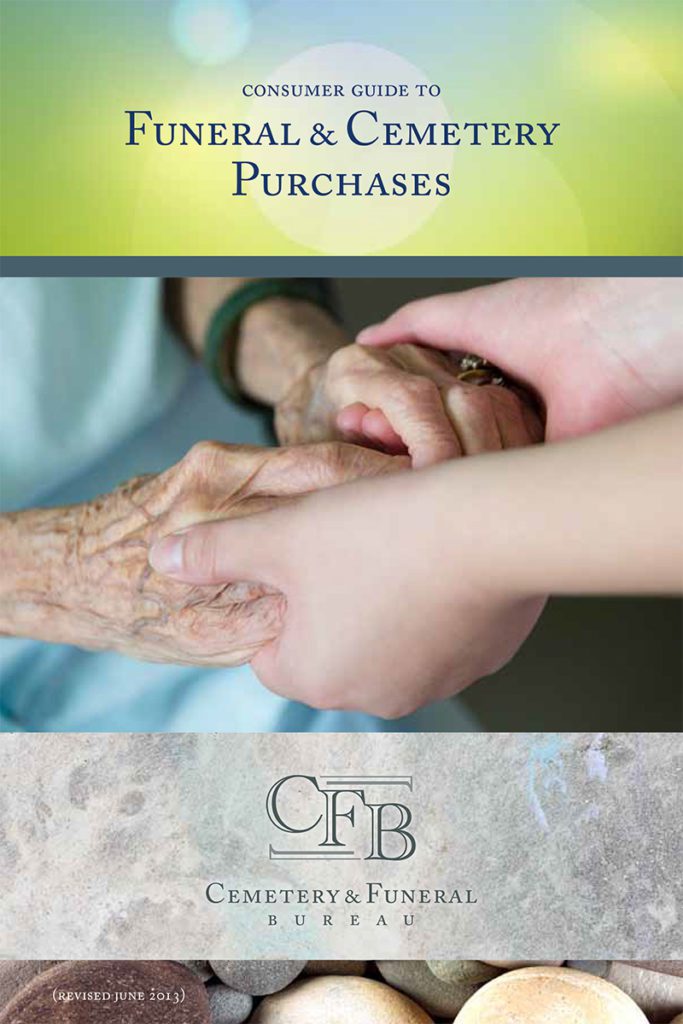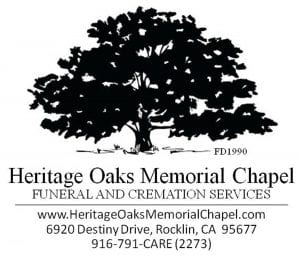How to Write and Deliver a Eulogy
Writing and giving a eulogy is a way of saying goodbye to someone who has died while at the same time leaving those who have come to the service of remembrance with a fond memory of the deceased. Not an easy task!
While some people welcome the chance to speak during a funeral service, others find it too difficult a job.
There is no wrong or right way to write a eulogy, however, each one is as individual and unique as the speaker who’s delivering it and the person whose life it is celebrating. If you’ve volunteered to write and deliver a eulogy for a friend or relative, here are some tips and advice on how to give a fitting tribute.
What to Say
Even if you’re used to speaking in public, it can be difficult to find the right words for a eulogy. Not only will you be concerned with getting it right and setting the appropriate tone, but you’ll also have your own grief to contend with. But remember, this is an opportunity to talk in personal terms about someone who has meant a great deal to you – as well as to others – and therefore you can bring that person to the minds of all present and help them say their goodbyes, too.
When thinking about what to say, consider your audience. Will it include close friends and family only, or will others be present like co-workers or neighbors? Think about what they will want to hear. That doesn’t mean suppressing your own thoughts about the deceased – people don’t automatically become saints once they die – but rather being a little selective about what memories you share with the audience. It’s always better to error on the side of pleasant memories to leave with everyone.
People want to hear something uplifting and inspiring about someone they’ve lost and who was important to them. As well as an opportunity for people to say goodbye, a funeral is a celebration of someone’s life. While the occasion may likely be highly emotional, there’s no need to make it one full of somber and depressing words. Don’t be afraid to include a little humor in your eulogy.
A eulogy should bring the deceased to life in the minds of the audience and give them something with which to remember him or her by. You can do this by telling little stories about the deceased; the sad as well as the happy times they had, and the out-of-the-ordinary events that they experienced. Talk about the deceased’s endearing little habits, their hobbies and interests; this will help build a picture in people’s minds. Also talk about what he or she meant to you, and the relationship you enjoyed with them. Recount one or two tales of times the two of you spent together to illustrate the true nature of the deceased and why you will miss them.
You may want to speak to others who were close to the deceased to make sure that your facts are correct. If you’ve been asked to write a eulogy for someone you didn’t know personally, then you should base it on the impression you’ve gained about the deceased through talking to his or her friends and family.
How to Say It
When delivering a eulogy, some people like to have it written out in front of them, word for word. If you adopt this method, then make sure that you review the eulogy and rehearse it to ensure it doesn’t sound too stilted or forced. Remember that we don’t speak in perfect sentences. Some people prefer to have a page of key points with them and use these to glance at during their delivery. If you’re reading a poem, however, it’s obviously best to have it written out word for word, unless you are able to memorize it.
Most eulogies are structured in chronological order, starting with the deceased’s childhood and running through the highlights of his or her life. However, there’s no rule that says you have to do it this way. You can use a theme for your eulogy, perhaps something that everyone associates with the deceased, and decide on several key points based on this theme.
There’s no real need to tell your audience why you’re doing what you’re doing – they will know. You can, however, tell the audience what your relationship to the deceased was, which will almost certainly be touched upon in your eulogy anyway.
End with a short note of farewell to the deceased, perhaps the last thing you would have wanted to say to him or her. If you choose to end the service with a song, you can explain why you’ve chosen it and its significance.
Final Points
Dress appropriately for the occasion; keep any individual statements strictly to words for the deceased. While you may feel a little exposed standing in front of an audience while delivering your eulogy, the audience will be able to hear you better than if you’re sitting. Practicing and rehearsing your eulogy before the funeral service will help you not only to polish the text, but also to control your emotions when speaking.
Try not to fidget or give way to nervous gestures as these will only distract your audience. Speak slowly and calmly and let your audience take in what you’re saying. Be careful not to fill empty spaces or pauses with “ummmmm.”
Don’t worry if your emotions get the better of you when you deliver the eulogy. Everyone will understand. Delivering a eulogy is never an easy task. No one’s expecting you to give a word-perfect delivery, nor are they expecting you to remain completely composed while doing so. Your audience is on your side and you are all sharing the one goal: to say goodbye to someone you loved, remembering them for the unique person they were.
Heritage Oaks Memorial Chapel
FD 1990
6920 Destiny Drive
Rocklin CA 95677
(916) 791-2273




















